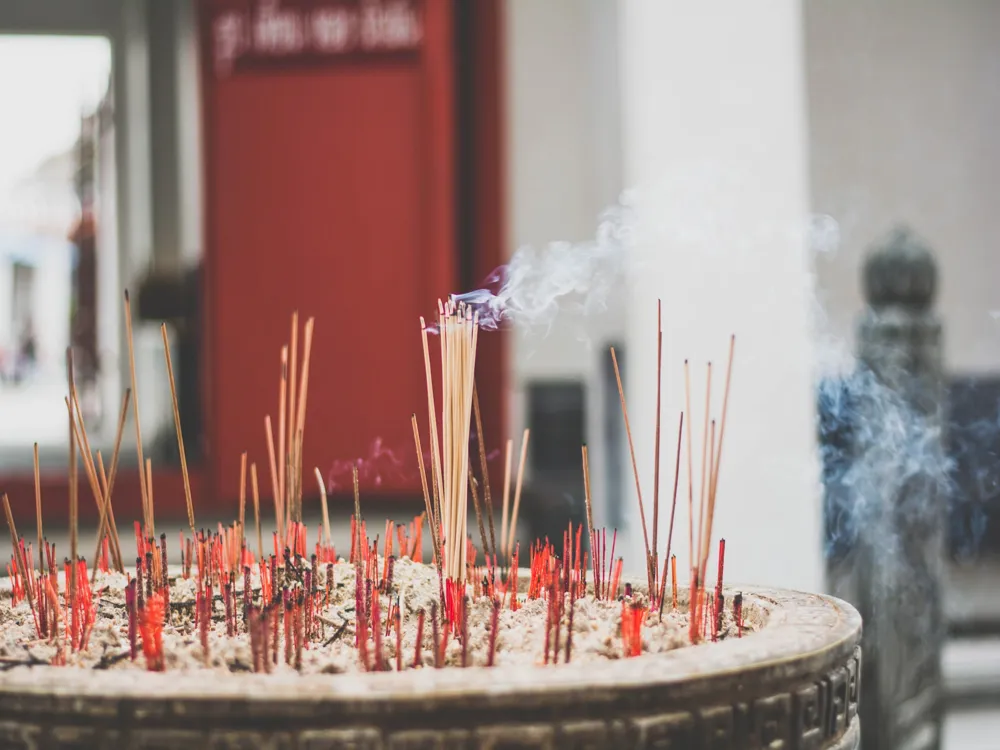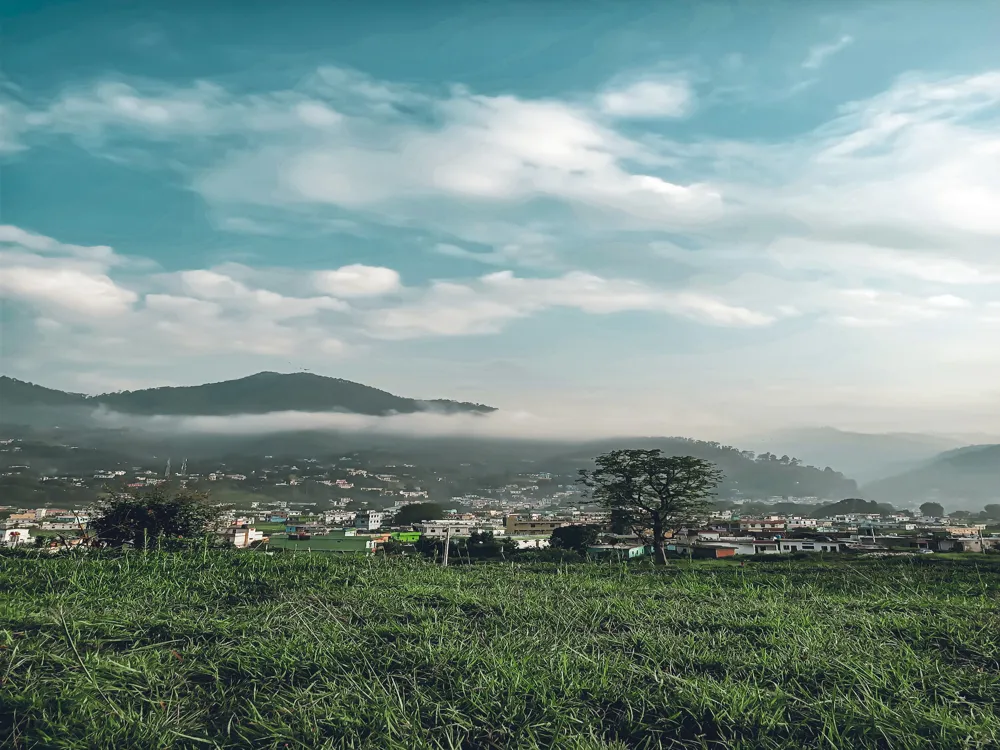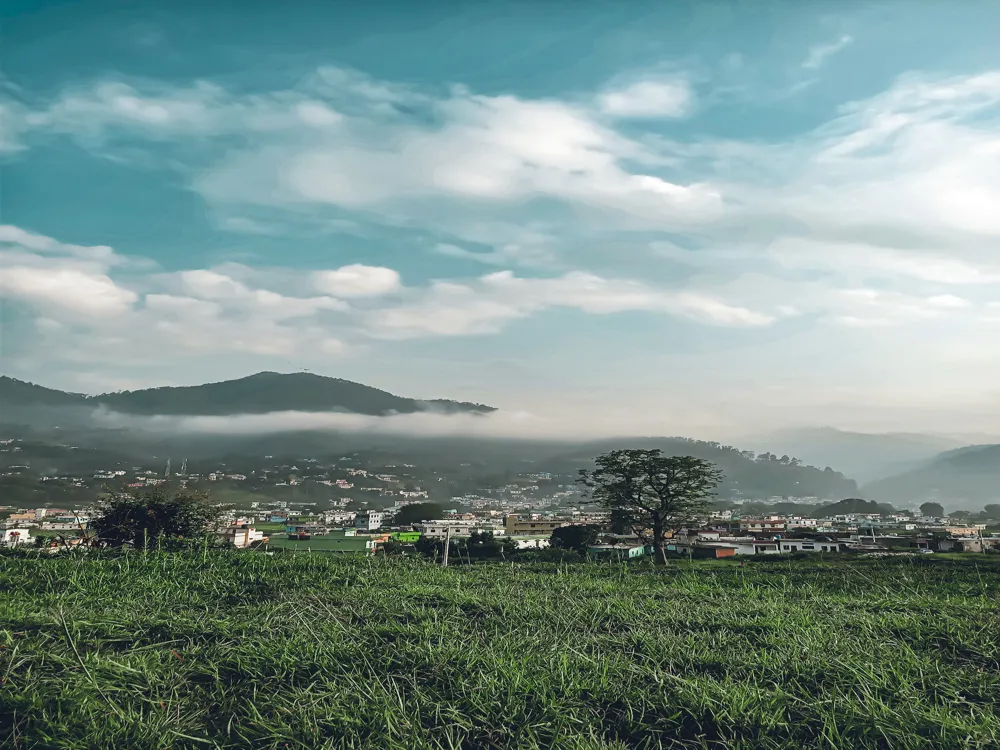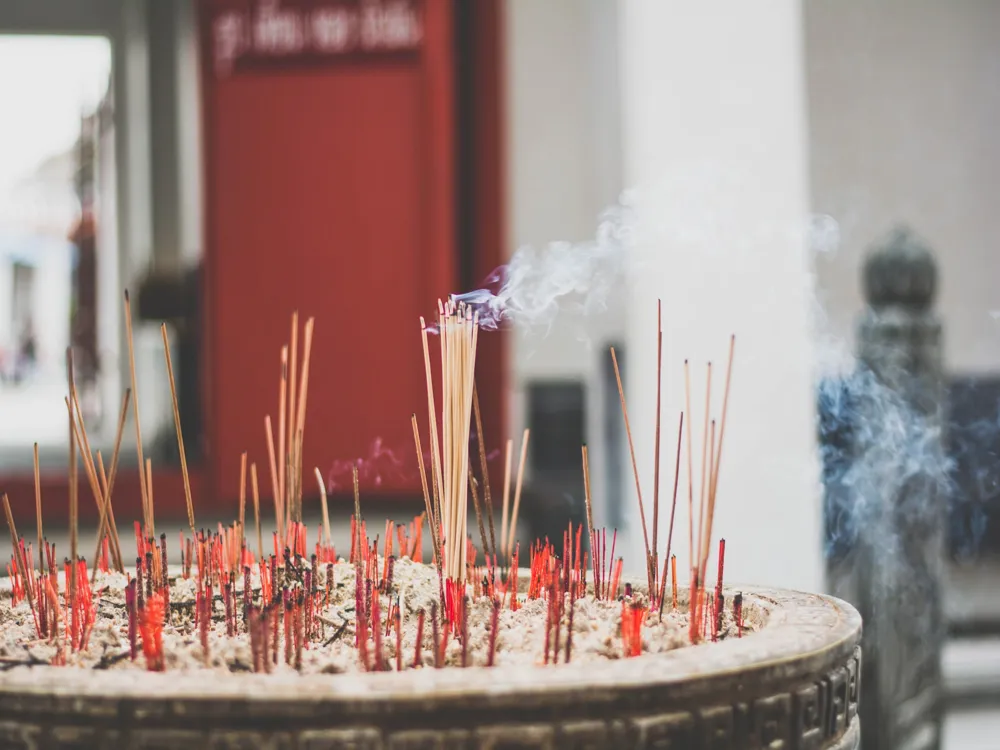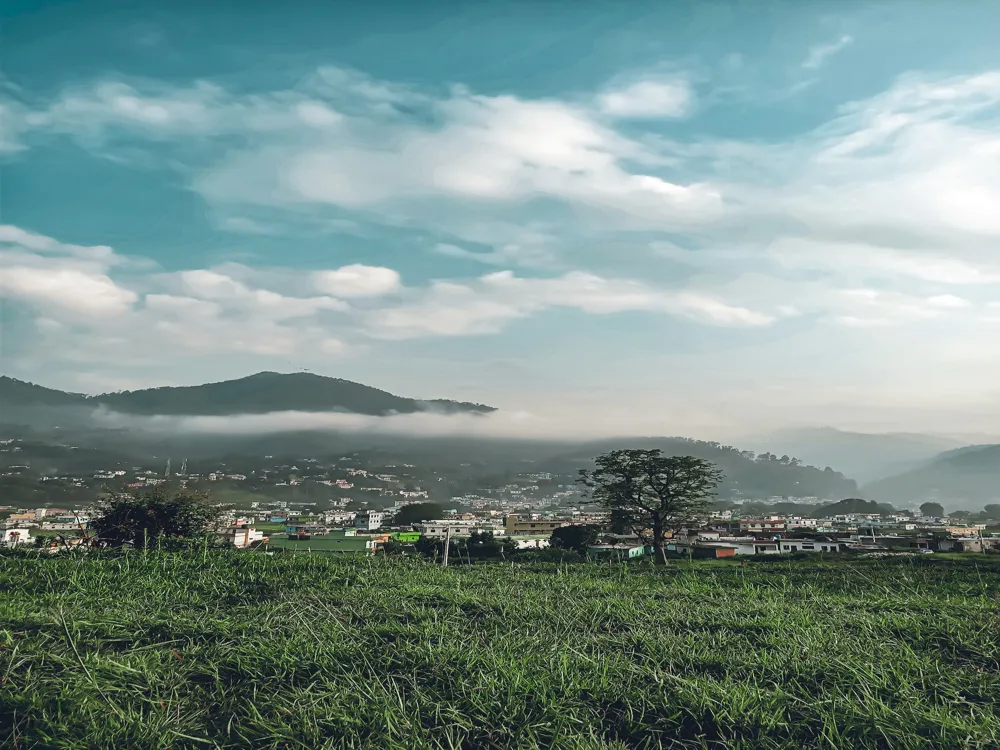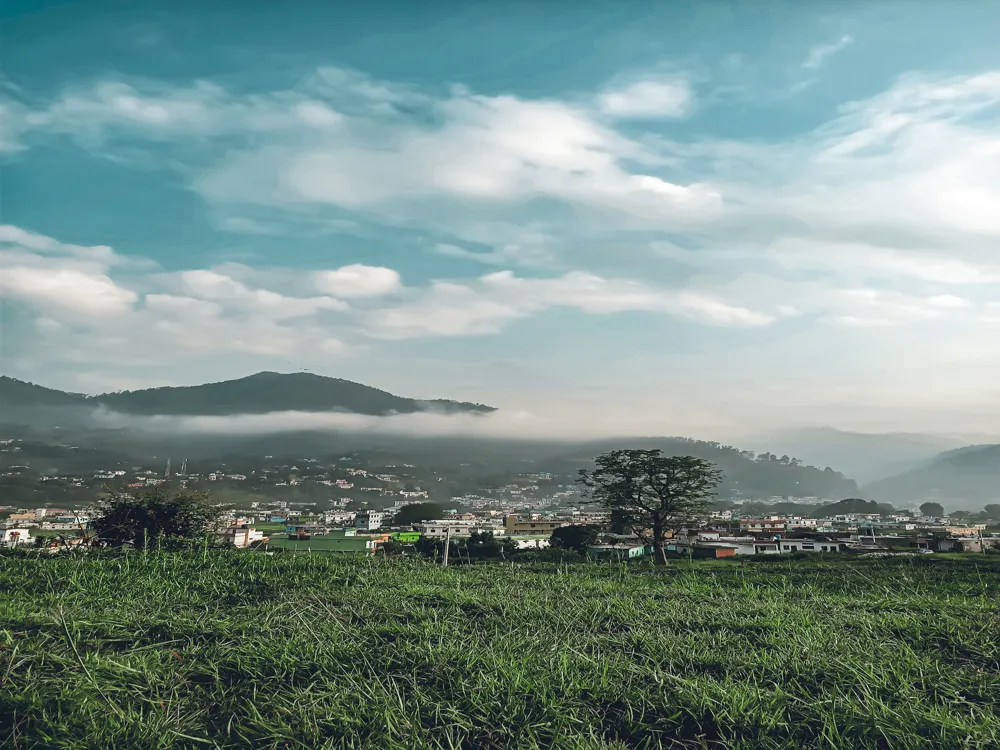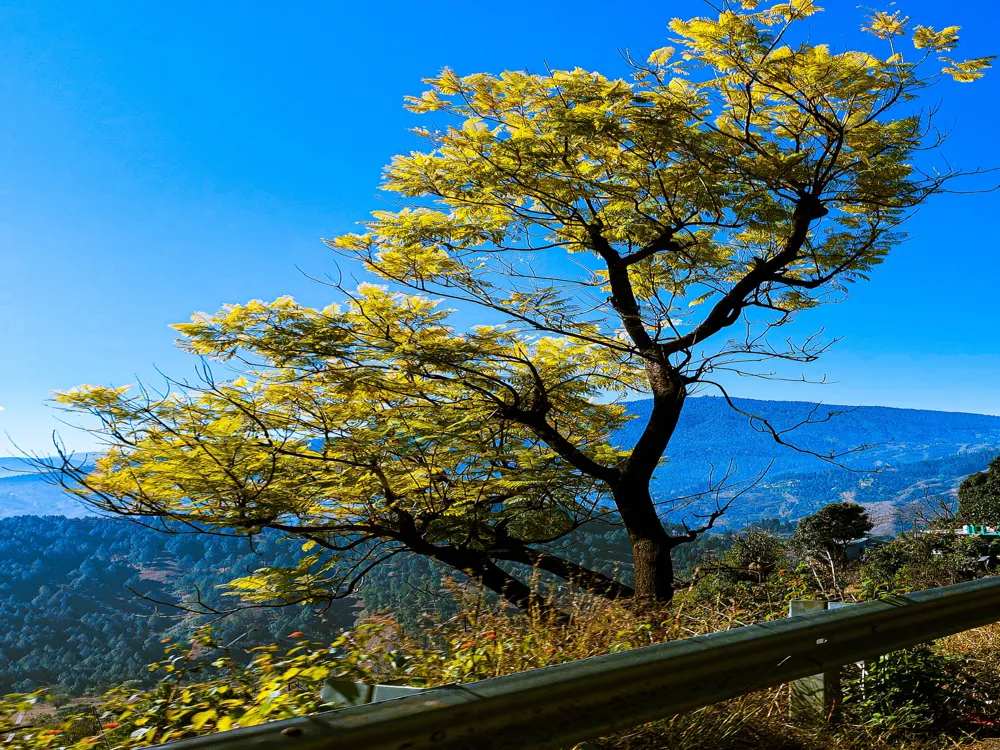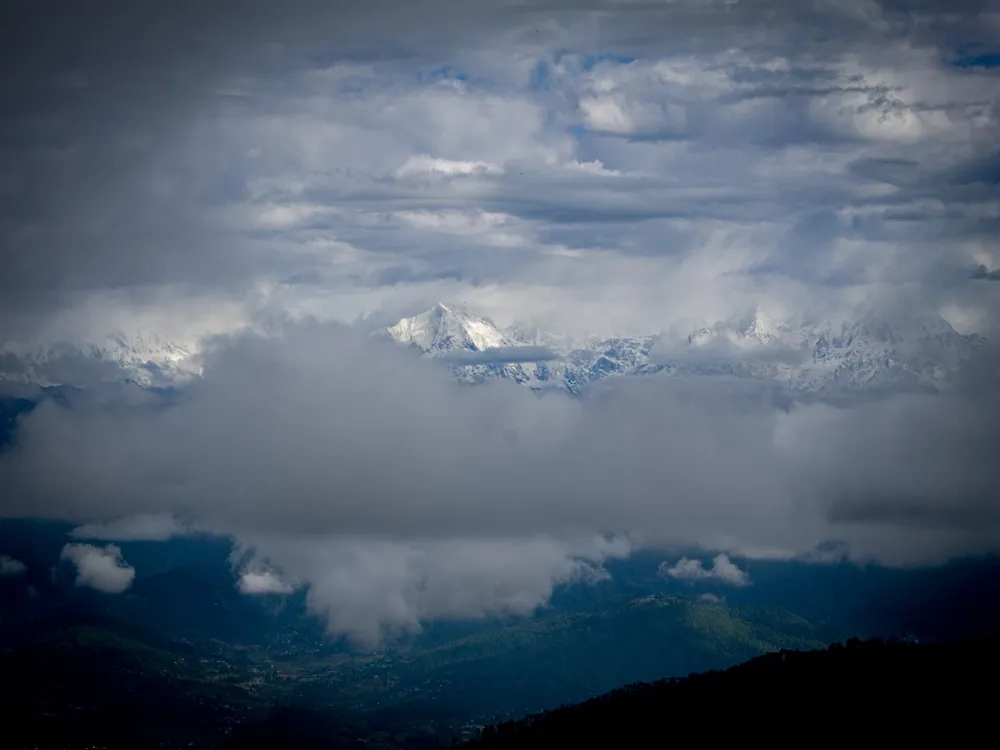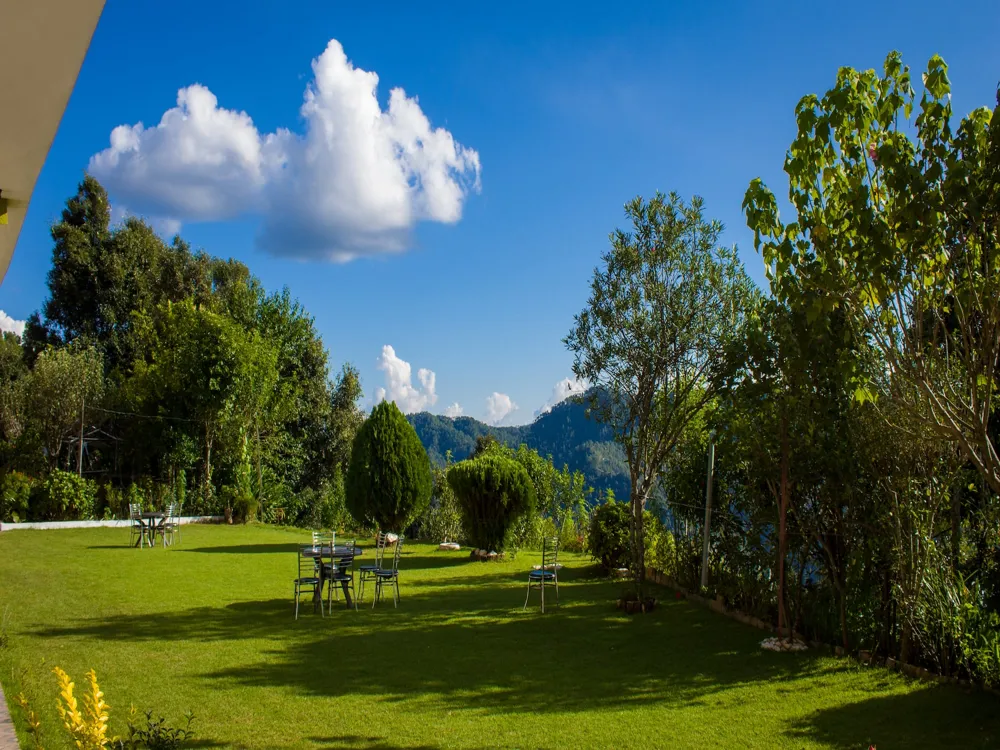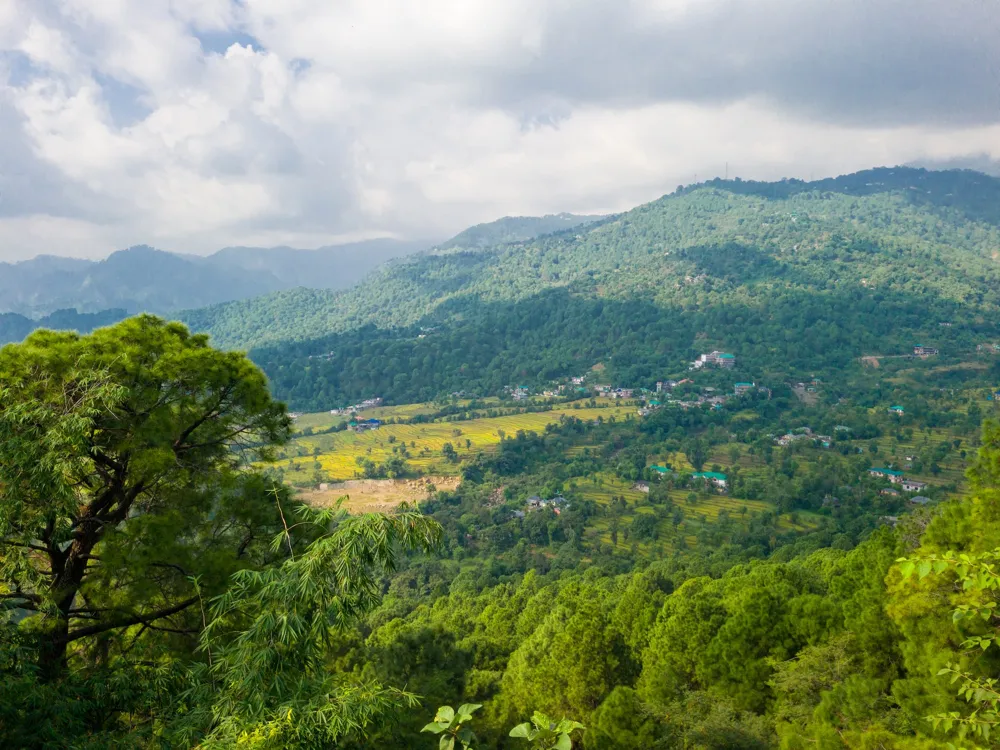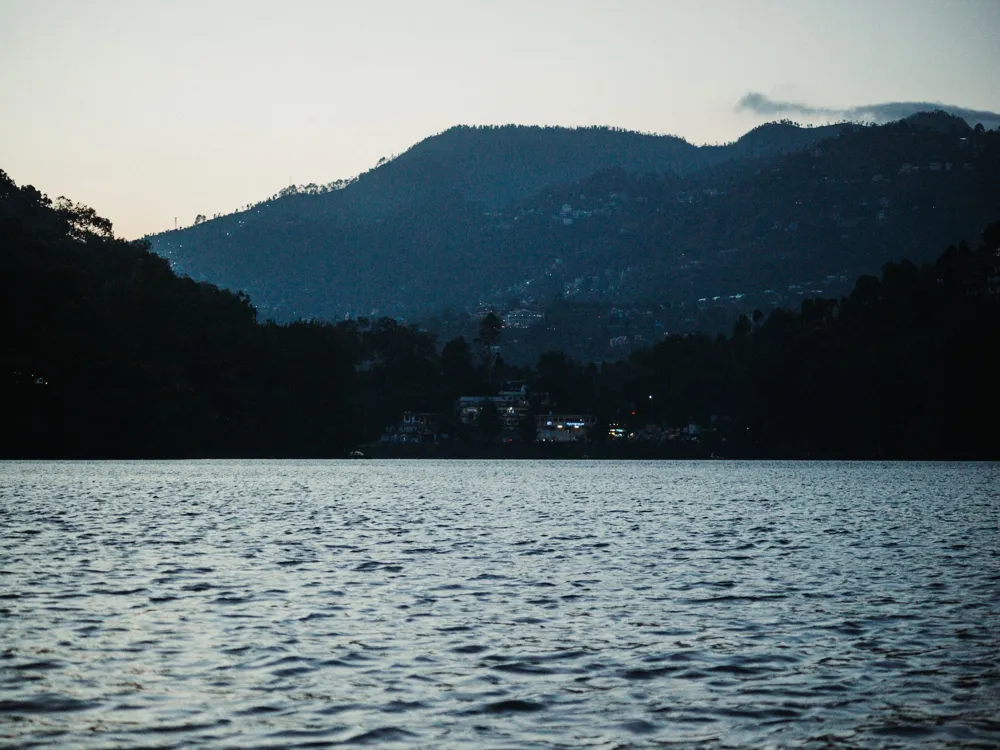Kanda, a serene hamlet in the Bageshwar district of Uttarakhand, India, is nestled amidst the majestic Himalayan ranges. This picturesque village is a hidden gem that offers an escape from the hustle and bustle of city life. The area is renowned for its natural beauty, encompassing lush green landscapes, cascading waterfalls, and diverse flora and fauna. Kanda's culture is deeply rooted in traditional Himalayan ways of life, reflected in the customs, festivals, and daily routines of its inhabitants. The region holds great significance for trekkers and nature enthusiasts, owing to its proximity to several prominent trekking trails and its rich biodiversity. One of the striking features of Kanda is its serene environment, which provides a peaceful retreat for visitors. The village's altitude and climate make it an ideal destination for those seeking tranquility and a connection with nature. Agriculture plays a vital role in the local economy, with many residents engaged in farming activities that have been passed down through generations. This reliance on agriculture has helped preserve the pristine nature of the landscape, making Kanda an attractive destination for eco-tourism. The architecture in Kanda is a beautiful representation of Himalayan culture and heritage. The buildings in this area are predominantly constructed using locally sourced materials such as wood, stone, and slate. The traditional houses, known as 'Kumaoni houses,' are characterized by their unique design, which includes sloping roofs to withstand heavy snowfall and wooden balconies that offer breathtaking views of the surrounding mountains. These homes are not just architectural marvels but also a reflection of the socio-economic conditions and cultural beliefs of the local people. The intricate woodwork and carvings seen on many houses depict stories and beliefs important to the community. Temples in Kanda are another architectural highlight, showcasing intricate designs and wood carvings that reflect the deep-rooted spirituality of the region. The blend of practicality and aesthetics in Kanda's architecture speaks volumes about the ingenuity and resourcefulness of its people. The ideal time to visit Kanda is between March to June and September to November. During these months, the weather is pleasant, making it perfect for exploring the outdoors and engaging in trekking activities. The monsoon season from July to August is usually avoided due to heavy rains and potential landslides. Kanda offers a range of traditional Uttarakhandi dishes that visitors must try. The cuisine is known for its simplicity and nutritional value, with many dishes made from locally grown ingredients. Staples include 'Bhat ki Churkani,' 'Aloo Ke Gutke,' and 'Pahadi Rajma.' While in Kanda, visitors have a choice of staying in homestays or guesthouses. These accommodations provide a unique opportunity to experience the local culture and hospitality. Booking in advance is recommended, especially during peak seasons. Respecting local customs and traditions is crucial when visiting Kanda. Visitors are advised to dress modestly and seek permission before photographing local people or religious sites. Engaging with locals respectfully can enrich the travel experience. Kanda is well-connected by road and can be reached from major cities like Delhi and Dehradun. The nearest airport is Pantnagar Airport, while the closest railway station is Kathgodam. From these points, visitors can hire taxis or take buses to reach Kanda. The journey offers scenic views of the Himalayas, making it a memorable part of the trip. Read More:Overview of Kanda, Bageshwar, Uttarakhand
Architecture of Kanda
Tips When Visiting Kanda
Best Time to Visit
Local Cuisine
Accommodation
Cultural Etiquette
How To Reach Kanda
Kanda
Bageshwar
Uttarakhand
NaN onwards
View bageshwar Packages
Weather :
Tags : Town
Time Required : 1/2 days
Planning a Trip? Ask Your Question
Bageshwar Travel Packages
View All Packages For Bageshwar
Top Hotel Collections for Bageshwar

Private Pool

Luxury Hotels

5-Star Hotels

Pet Friendly
Top Hotels Near Bageshwar
Other Top Ranking Places In Bageshwar
View All Places To Visit In bageshwar
View bageshwar Packages
Weather :
Tags : Town
Time Required : 1/2 days
Planning a Trip? Ask Your Question
Bageshwar Travel Packages
View All Packages For Bageshwar
Top Hotel Collections for Bageshwar

Private Pool

Luxury Hotels

5-Star Hotels

Pet Friendly







